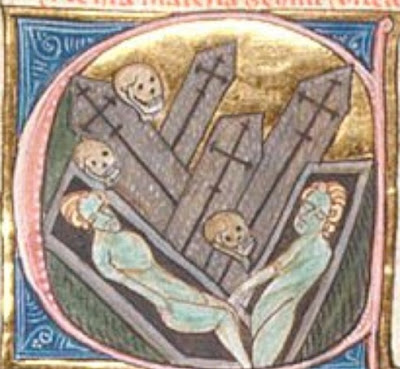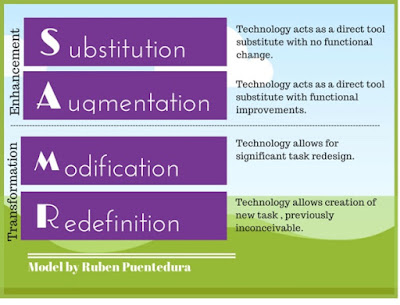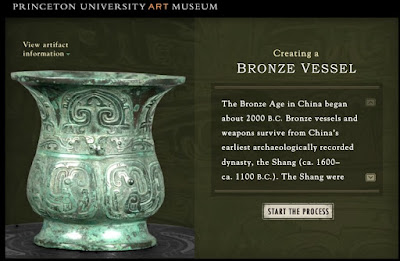Some teachers are moving away from the traditional 100 point grading scale to a four or five point scale that measures mastery of essential standards. Homework, classwork, projects, and formative assessments might be recorded but not graded because they do not reflect mastery of a standard. Proponents of standards based-grading argue that a small scale based on four or five and mastery of specific standards make grades more accurate, consistent, and meaningful. In the video clip below, educational consultant Rick Wormeli, argues that the 100 point scale is confusing. Is 89% almost proficient or is 87% almost proficient? Maybe 92 is almost proficient. Instead, grades should be tied to specific evidence, or standards. "The smaller the scale," Wormeli argues, "the higher the inter-reliability." How does standards-based grading work in the classroom? AP world history teacher, Kathryn Byars, presented her reflection on implementing a standards-based grading system at a



